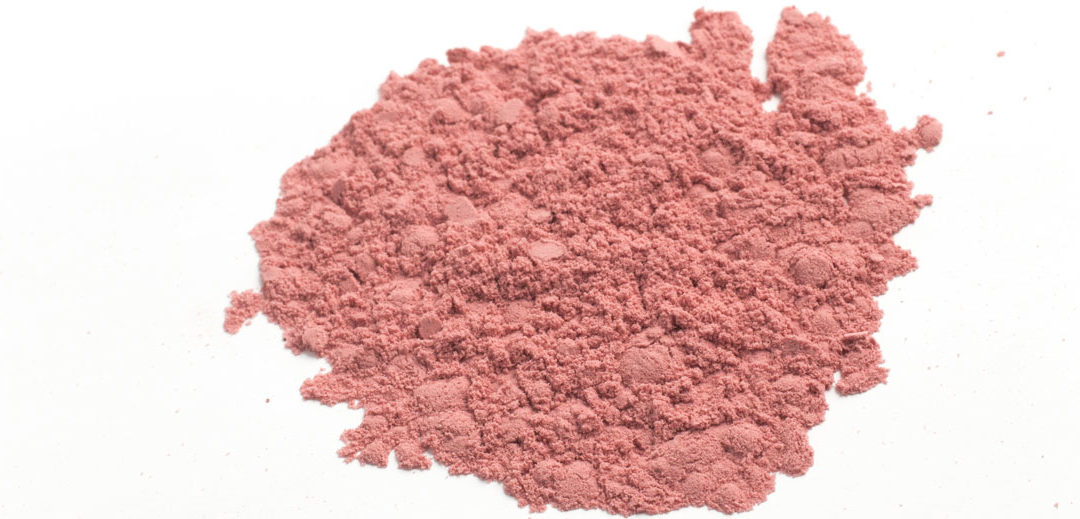In 2016, a dangerous synthetic opioid drug nicknamed “Pink” was linked to at least 46 deaths. In 2017, it was linked to at least 17 more.1 The Drug Enforcement Agency (DEA) temporarily classified U-47700 (or Pink) as a Schedule 1 drug but all synthetic opioids continue to be a very real danger for anyone who uses them.
Pink: A Deadly Synthetic Opioid
U-47700, also known as Pink, Pinky, or U4, is a synthetic opioid that was first developed in the 1970s by researchers at the chemical company Upjohn Pharmaceuticals.2 It was originally created to be a pain medication but was never tested on humans or made available commercially, although the patent and chemical details remained publically available.3 Eventually, it was developed into a dangerous designer drug that is now used on the streets.
This synthetic opioid is sold online and marketed as a research chemical. It is frequently shipped overseas from illegal labs in China or sold on the street in pill or powder form. Authorities have seized Pink in a tablet form that resembles oxycodone immediate-release tablets or other prescription opioids, and they have also confiscated Pink in a powder form that is made to look like heroin. Typically, the substance appears as a light pink or white chalky powder.4
Pink is chemically similar to morphine, although the National Institute on Drug Abuse (NIDA) reports that it is far more potent.1 Unfortunately, a user never knows how strong a dose may be because the drug is manufactured in unregulated labs.5 This only increases the dangers associated with the use and abuse of this synthetic opioid.
Physical Effects of Pink
Besides the fact that it causes respiratory depression, little is known about the physical effects of Pink on the brain.2 Users typically snort, inject or swallow the synthetic opioid and the physical effects are similar to those of other opioids. They typically include:
- Euphoric relaxation
- Sedation
- Severe respiratory depression
- Pinpoint pupils
- Constipation
- Seizures
- Psychosis
Since Pink is so potent, users are also at high risk for developing tolerance, addiction, or even suffering fatal overdoses.
Long-term effects are largely unknown since the drug is so new, but according to Rolling Stone, some users reported suffering severe nerve damage.3
Is Pink Addictive?
Since the DEA has classified Pink as a Schedule 1 drug, it is known to be a highly dangerous and addictive drug. Due to its effects and potency, Pink and other similar synthetic opioids all carry a high risk of addiction.
If you believe a loved one may be addicted to Pink or some other drug, the following signs and symptoms may indicate addiction:5,6
- Losing control over drug usage habits
- Neglecting other activities that used to be important
- Being extremely secretive
- Displaying rapidly deteriorating hygiene or physical appearance
- Experiencing relational problems at home and at work
- Developing a tolerance
- Experiencing withdrawal symptoms when not using drugs
- Continuing to use drugs despite the negative consequences
Drug Detox for Pink and Other Synthetic Opioids
If you or a loved one is addicted to Pink, medically assisted drug and alcohol detox is the safest, most comfortable way to withdrawal from this synthetic opioid drug. It is also the first step to achieving sobriety.
Withdrawal from Pink will be different for everyone, especially due to the varied strength and composition of any given batch a user might ingest. The process may take anywhere from five to seven days or longer to reach a stable state.
Once enrolled in drug detox at Hill Country Detox, our medical team will provide a thorough physical evaluation to determine your individual treatment needs. Your drug detox program will be designed based on the results of your evaluation and protocol will begin under the supervision of a doctor.
Throughout your detox program, our medical team will monitor you regularly to make sure you are comfortable and are progressing well through your detox program. Our nurses are onsite at our detox center 24/7 so we can quickly respond to any medical emergencies that may occur. We also treat any uncomfortable withdrawal symptoms as needed and may use tapering medications to comfortably bring you down into a state of sobriety.
Although Pink may be a very dangerous and addictive synthetic opioid, the experienced staff at Hill Country Detox is trained to recognize and treat the withdrawal symptoms of opioid drugs and will ensure your safety and comfort throughout the entire experience. We will even provide a professional recommendation for ongoing addiction treatment if you choose to enroll in a rehab program after you complete your drug detox.
If you are addicted to Pink or another synthetic opioid, there is still hope for you to get sober and reclaim your life. Contact our admissions team today to learn more about our medically assisted detox programs in Buda, Texas.
References:
- https://www.drugabuse.gov/drugs-abuse/emerging-trends-alerts
- https://www.statnews.com/2016/11/10/pink-opioid-ban-dea/
- http://www.rollingstone.com/culture/news/u-47700-everything-you-need-to-know-about-deadly-new-drug-w443344
- https://www.drugs.com/illicit/u-47700.html
- https://www.dea.gov/divisions/hq/2016/hq111016.shtml
- https://www.webmd.com/mental-health/addiction/signs-of-drug-addiction#1


Recent Comments